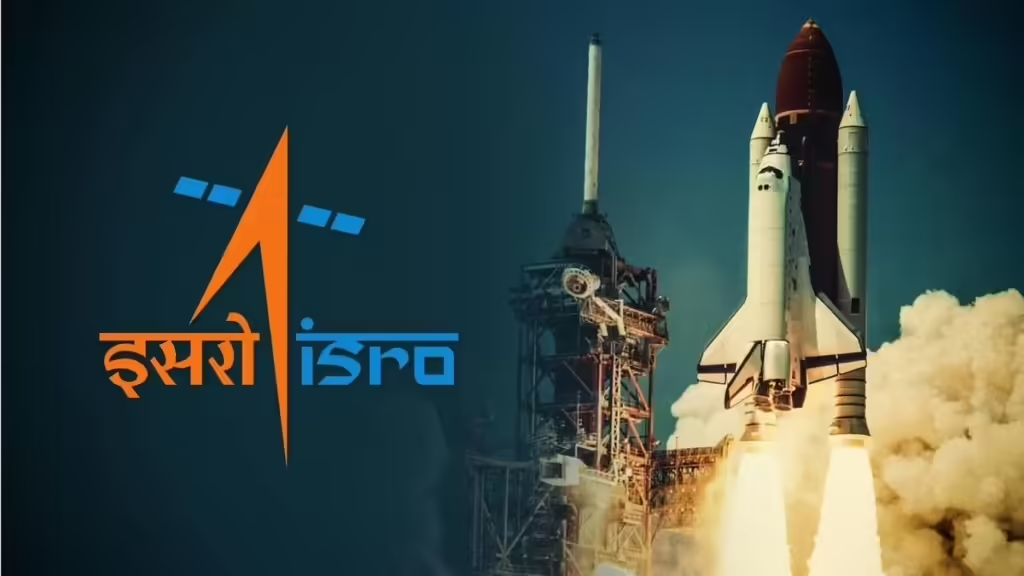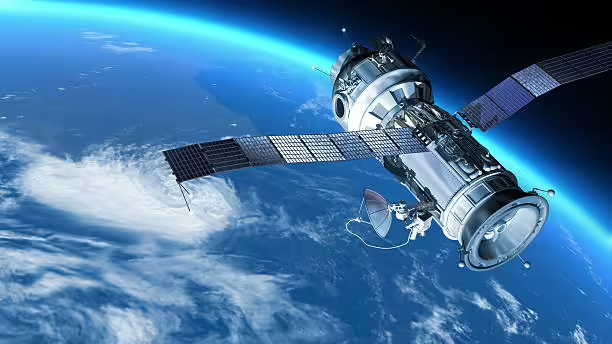
India’s Lunar Exploration Roadmap
In a landmark announcement, the Indian Space Research Organisation (ISRO) is set to develop a lunar space station by the year 2040. This initiative is part of a comprehensive roadmap for India’s crewed lunar missions and highlights the nation’s growing capabilities in space exploration. Following the success of the Chandrayaan-3 mission, which established India as the fourth country to achieve a soft landing on the Moon, this new project marks a significant leap forward.
Three-Phase Approach to Lunar Missions
ISRO has outlined a three-phase strategy for lunar exploration during a recent symposium. The first phase will emphasize technology development and robotic missions, paving the way for the upcoming Chandrayaan-4 sample return mission. This phase focuses on enhancing current technologies and capabilities to support future manned missions.

Crewed Moon Landing by 2040
The second phase of ISRO’s roadmap aims for a crewed landing on the Moon by 2040, as directed by Prime Minister Narendra Modi. This phase will focus on preparing for human presence on the lunar surface, further advancing India’s position in space exploration.
Establishing a Lunar Space Station
The final phase culminates in the establishment of a lunar space station, positioning India as a key player in global space exploration efforts. This lunar outpost is expected to serve multiple purposes: conducting scientific research, resource utilization, and acting as a stepping stone for future deep-space missions. The station will be pivotal for studying the Moon’s geology and testing new technologies essential for long-term human habitation beyond Earth.
Advancing Near-Earth Space Infrastructure
Alongside lunar ambitions, India is progressing in near-Earth space infrastructure. The Bharatiya Antariksha Station, India’s first space station in low Earth orbit, is slated for launch by 2035. This facility will serve as a crucial testbed for technologies needed for the more ambitious lunar station, supporting India’s overarching space goals.
A Visionary Strategy for the Future
ISRO’s roadmap aligns with the growing global interest in lunar exploration, as various countries and private entities announce their Moon mission plans. However, India’s phased and comprehensive approach distinguishes it, bridging current technological capabilities with visionary long-term objectives. As ISRO moves forward, it continues to develop key technologies, including the Next Generation Launch Vehicle (NGLV) and advanced life support systems, essential for both lunar and broader space exploration initiatives.


